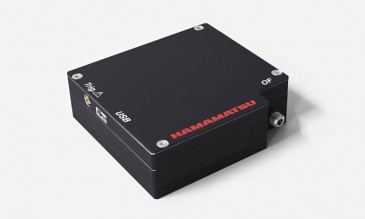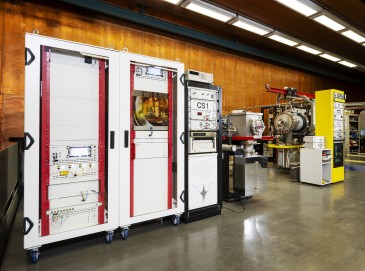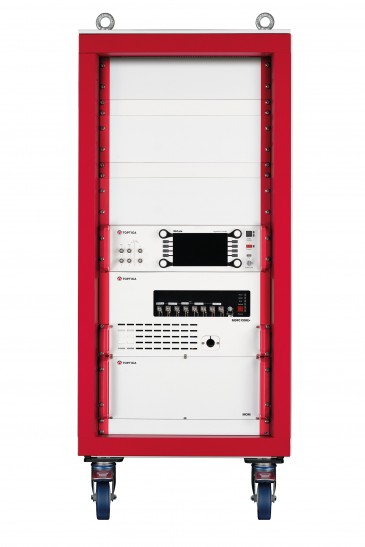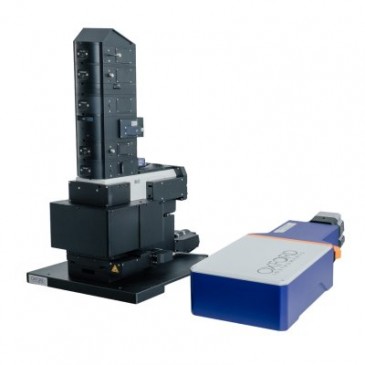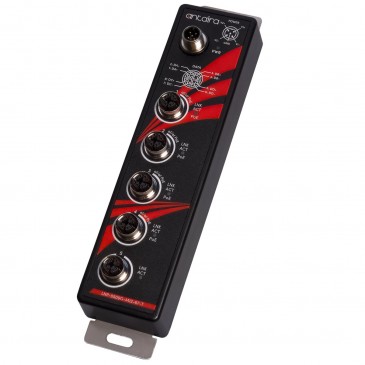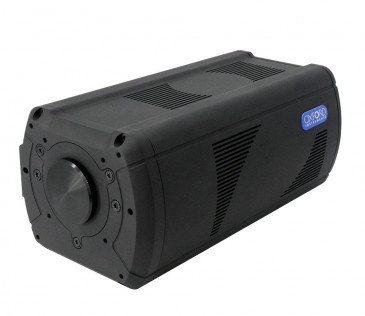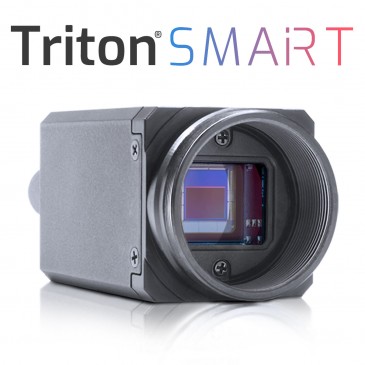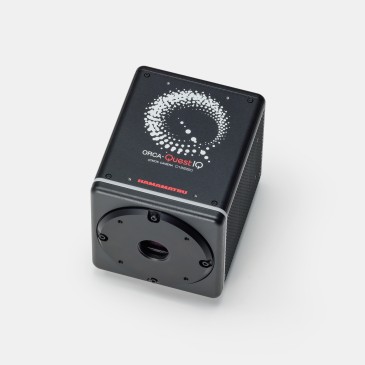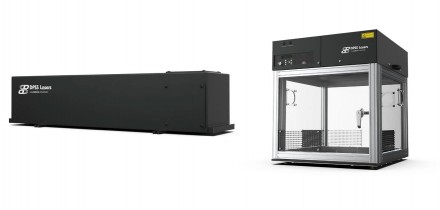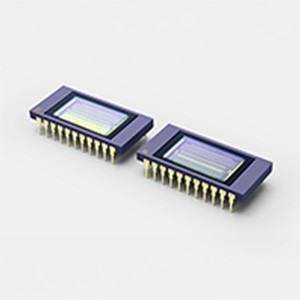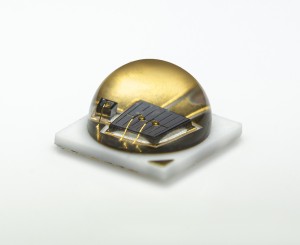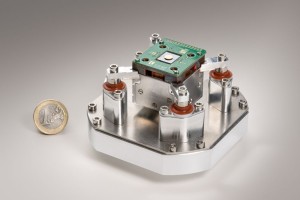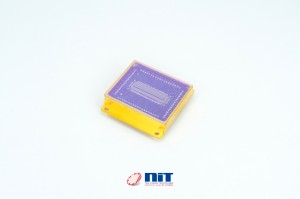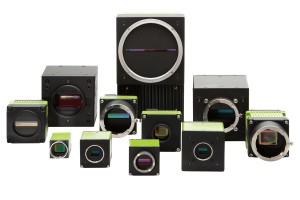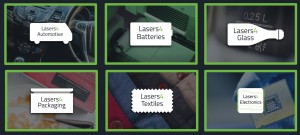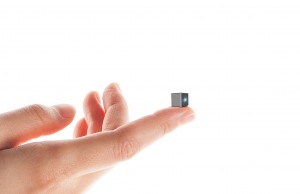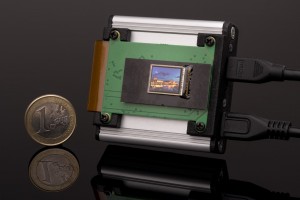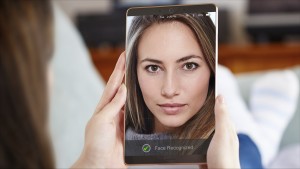
New security applications on mobile devices has put facial recognition in the spotlight. For the first time, smartphone users can unlock their devices and pay for purchases simply by looking at their screens.
From a technical standpoint, facial recognition involves illuminating someone’s face with an infrared (IR) light source and capturing the image with an IR camera. The system then compares the facial features in the image with other images. 2D facial recognition measures such data as the length of the nose or the distance between the eyes to determine if the images match.
On the other hand, 3D facial recognition uses VCSEL (Vertical Cavity Surface Emitting Laser) technology, which acts as a light source to illuminate the face evenly with infrared light while a camera captures the features of a user.
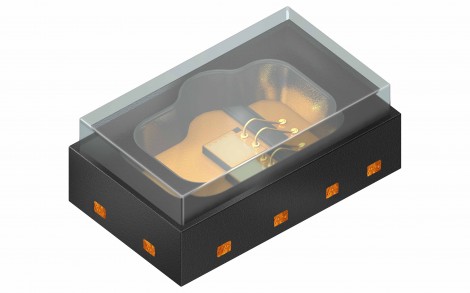
3D sensing applications now possible use the Osram PLPVCQ 850 and PLPVCQ 940 for Time of Flight (ToF) measurements.
Facial recognition systems can deliver fast, flexible, no-touch identification on a range of devices. The technology is also effective at longer distances, up to five feet, which means early detection and greater physical security are possible.
Improvements in infrared cameras
The IR cameras used in facial recognition are quickly improving too. Not long ago, the sensitivity of IR cameras was only accurate if the light source had a wavelength of 850 nm. But today the leading cameras in the industry have good sensitivity in longer wavelength ranges, which means that 940 nm Infrared-LEDs (IREDs) can now be used.
How far can facial recognition go? It is not a stretch to say that, in the not-too-distant future, different methods of biometric identification have the potential to transform the way we live, work and play. For instance, you won’t need cash, ATMs, credit cards or even any kind of formal identification, because your face or other unique characteristics like your iris or hand veins will be your ID. You will be able to walk into the grocery store, pick up your food and walk out, because by using IR cameras and sensors, the store will know who you are, what you bought and how you’re going to pay for it.
And facial recognition is not just about the face. Today, systems can also use eye tracking to follow a person’s gaze by using infrared light. Imagine watching YouTube on your phone. The phone’s camera can track your eye movements and know whether you’re actually watching that ad for Brand X cereal before your video loads.
If you are, then the next time you walk into the grocery store the store will know that you’re highly likely to purchase Brand X cereal based on your interaction with that YouTube advertisement. As you enter the store, you might even be shown holographic arrows that only you can see which direct you straight to the cereal aisle. The store could even offer personalized discounts just for you. As you reach for the cereal, you might get a text message offering a two-for-one promotion, for example.
Facial recognition in the smart home
We will also see 3D facial recognition moving into the smart home. Today, many homes are already outfitted with voice-recognition devices like Amazon’s Alexa and Google Assistant. The next evolution may be devices that don’t just respond to voice inputs but also to facial expressions.
Imagine a facial-recognition device in a smart home that’s able to determine when someone enters a particular room and exactly who that person is—and then respond according to the personalized preferences of that person.

Unlocking personal preferences in the smart home
So, for instance, the device would know that Dad just came home and, since Dad likes easy jazz after work, the device automatically starts playing George Benson in the background. The device would also know that Dad likes soft lighting and would tell the smart home to lower the lights when he enters the room.
Autonomous driving and mobility
Another area where biometric identification can have a real impact is in your car. Typically, cars are shared by a family. So, as a first step, facial recognition would inform the car exactly who is driving: Mom, Dad, or perhaps the nanny. Then, depending on who it is, the car would know to adjust the seat to that person’s preference and even display their radio presets or favorite playlists. Earlier this year, Rinspeed showcased microSNAP, a self-driving concept vehicle that includes Osram’s lighting and sensing applications, such as biometric identification. Once an individual is recognized through biometric identification, everything from personalized lighting options to preferred temperature can be adjusted to meet a passenger’s previously set needs.
Further down the road, we’ll be moving into the era of autonomous driving and mobility as a service.
Car ownership will gradually diminish and instead we’ll hail autonomous vehicles that can cheaply and efficiently take us wherever we want to go, without any of us having to assume the expense of owning a car.
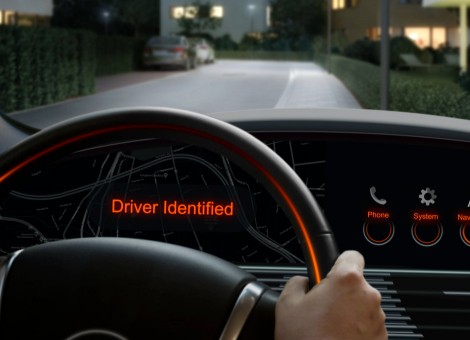
Starting the ignition with facial recognition
In this car-sharing future, biometrics will serve as a crucial form of identification and verification. As you enter the vehicle, it will recognize you and immediately readjust the seat and radio to your personal preferences. But more than that, it will know your ride history, your typical destinations and the routes you like to take, so it can get you to where you need to go in the most enjoyable and expedited fashion.
Already, biometric identification is playing an increasingly important role in driver safety. There are now steering wheels that feature an embedded IR camera that tracks the driver’s face to ensure that the driver’s eyes are always on the road and not, say, on an incoming text message.
The face of the future
All of this is only the beginning. In the years ahead, there will be many more use cases that we can’t now imagine. One fact is certain, however: biometrics is truly the face of the future.
Written by Eric Kuerzel, Sr. Global Product Manager at Osram Opto Semiconductors







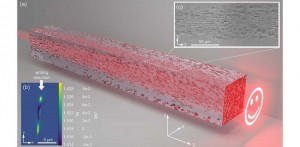


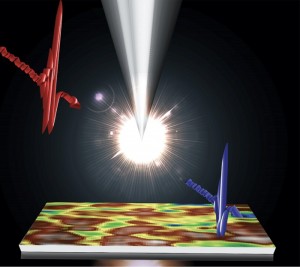


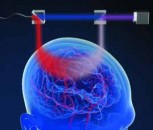
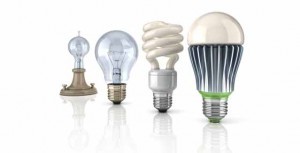

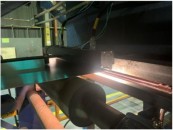




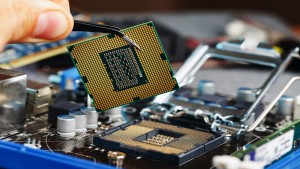
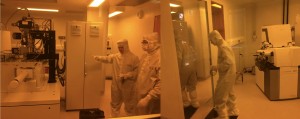




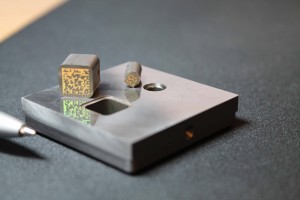

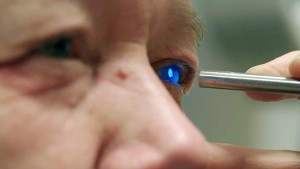
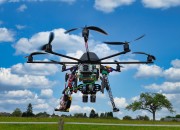
 Back to Features
Back to Features